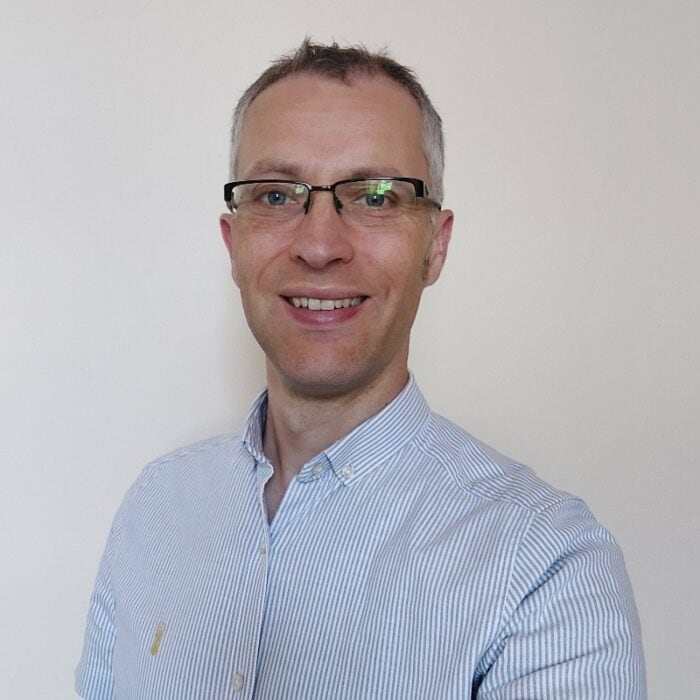Prof Donald MacLaren he/him

Professor of Materials Physics
Strategic Research Areas
Have you ever seen an atom? I mean directly – in an image showing how atoms arrange within a material to define that material’s properties? That’s the awe-inspiring ability of modern electron microscopes; and that’s what research in the Materials and Condensed Matter Physics (MCMP) group involves. It never ceases to amaze me! As a group of around 25 colleagues, we work together to study advanced functional materials. Our mission is to understand how the atomic-scale structure of a material relates to its chemistry, magnetism, optical, electrical and mechanical properties. In this way, we can develop better materials and devices to solve some of the world’s most pressing challenges.
Why do I say ‘we’? Because our work is inherently collaborative, and joining MCMP means working with the group, not a single supervisor. I’ve led the supervision of more than ten doctoral students, and supported many more. I’ve learned that there is no simple recipe for supervision: every project, and every colleague is different. Finding out what a researcher wants from their doctorate is essential to getting the best from them. Giving the freedom to choose their own focus is critical. Recognising that each colleague arrives with different experiences, and therefore sees the world through a different lens, is the most important insight that I’ve learned. It’s key to getting colleagues to achieve their potential. It’s not enough to treat everyone equally if we don’t all start with an equal perspective.
At the moment, I am especially excited to lead projects that will use our new electron microscope, which combines atomic-scale imaging with a sensitivity to spectroscopic features in the millielectronvolt energy range. It will provide world-leading research possibilities. I want, for example, to understand how heat flows through materials and interacts with defects – in collaboration with materials chemists, this could help us to develop a new type of environmentally friendly, solid refrigerant. I’d also like, in collaboration with engineers, to measure the electronic properties of novel devices using two-dimensional materials such as graphene – measurements with the spatial and energy resolution available in modern electron microscopes have not previously been possible.

